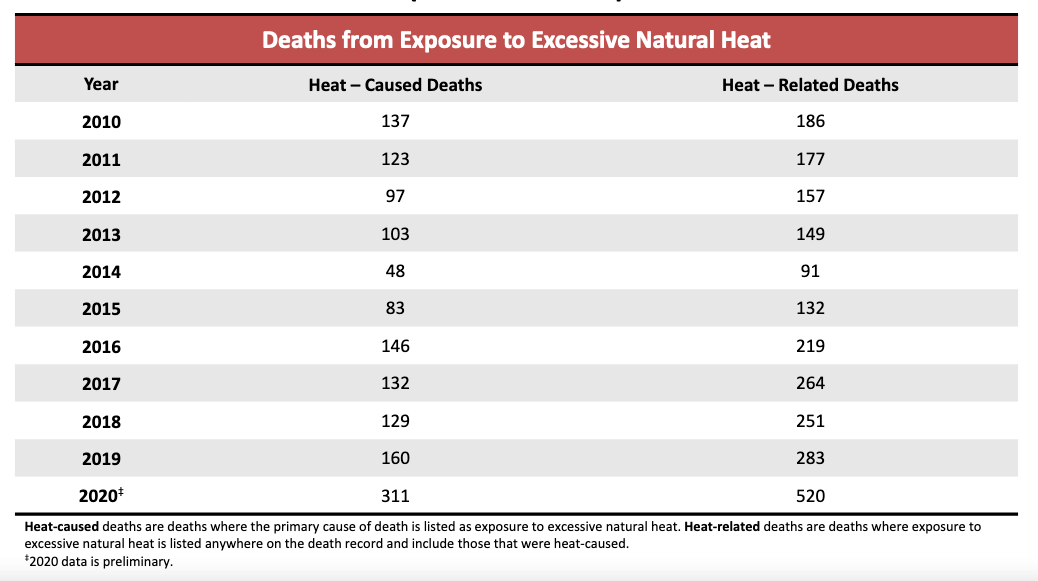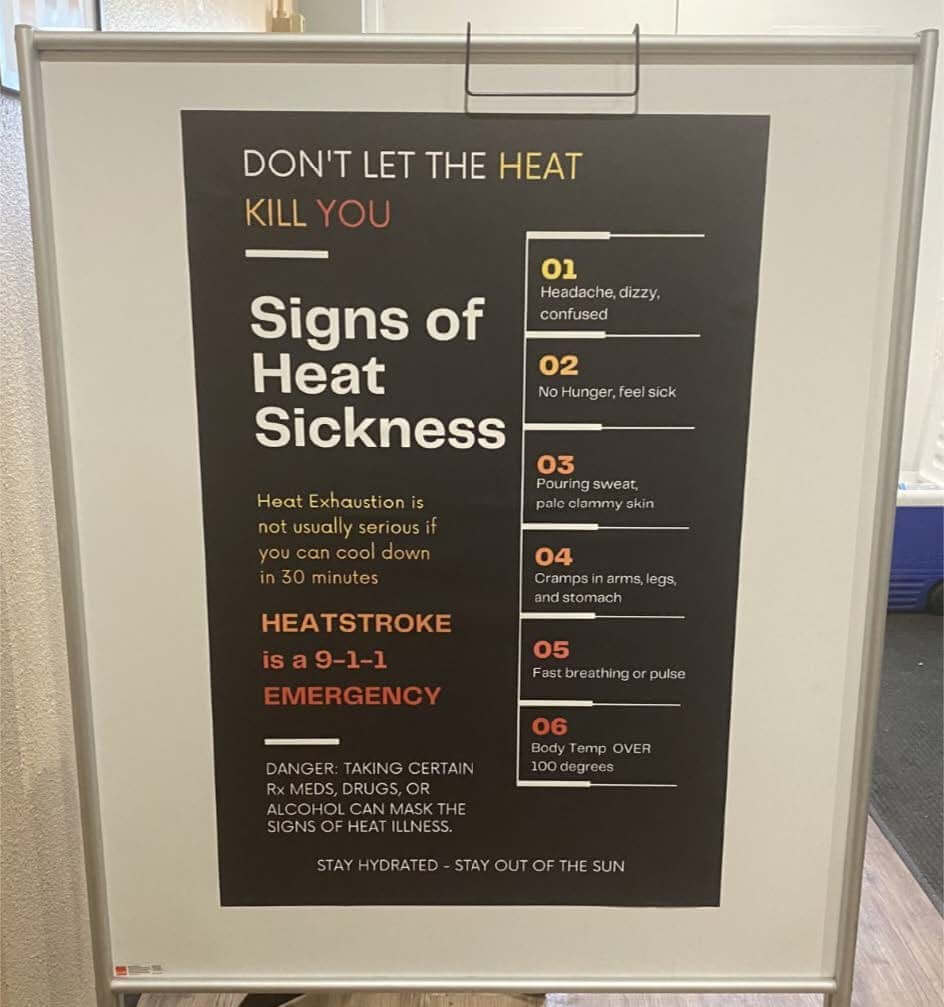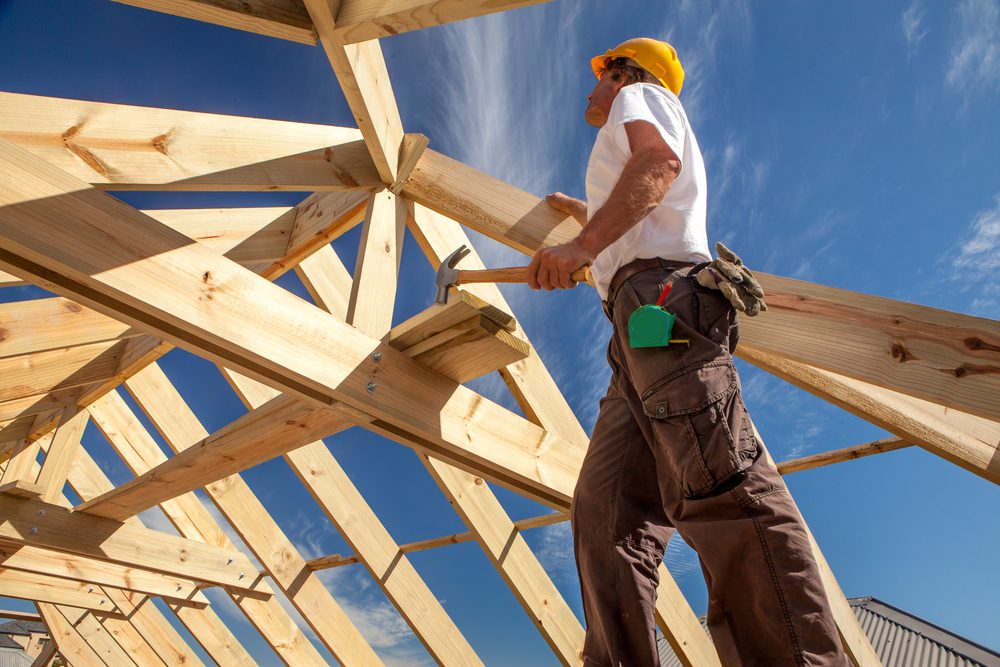
NourishPHX is a food bank that also acts as a hydration station.
Local organizations have created a number of free resources available for cooling off and staying hydrated.
One of Phoenix’s most well-known characteristics is also one if its most fatal: the heat.
Last year alone, over 830 deaths in the state were linked to extreme heat—over half of which were in Maricopa County—according to a report on heat-caused and heat-related deaths by the Arizona Department of Health Services.
The number is a sharp increase from 2019, when 443 people in the state died due to exposure to excessive natural heat, and more than double the number of heat related and heat-caused deaths that occured on any given year in the past decade.
But heat-related deaths are preventable, and local organizations have created a number of free resources available for cooling off and staying hydrated.

Maricopa County‘s Heat Relief Network
Over the last few years, Maricopa County has implemented “Hydration Stations” across the Phoenix area. Known as the Heat Relief Network, this regional partnership between “municipalities, nonprofit organizations, the faith-based community, and businesses” began in 2005, after the county reported 35 heat-related deaths in a nine-day period.
Since its inception, over 350 agencies, departments, and organizations have joined the Heat Relief Network, acting as both heat relief stations and donation collection sites to aid the coalition in its efforts to reduce the number of deaths caused by extreme heat.
To help people find the hydration station sites, the Maricopa Association of Governments has a website that details every site’s purpose and locations in operation. An interactive map has also been developed to help those looking for heat relief find it quickly.
Follow the map to stay alert on stations near you.
Expanding Offerings of Aid
Establishments like NourishPHX, a food bank located at 9th Ave. and Buchanan Street, now integrate hydration offerings in addition to their original mission of eliminating food insecurity within their community.
On most mornings, NourishPHX is filled from when they open their doors at 9 a.m. until they close at noon, with people from all around Phoenix looking for assistance. Whether they are hoping for a week’s worth of groceries, or just need some water and a place to cool down, NourishPHX seeks to provide relief.
One of the many downtown Phoenix Heat Relief Network partners is a senior citizen center that doubles as a community watering hole in the afternoon. The Justa Center, located at West Jefferson Street and Tenth Avenue, allows anyone to go in, rehydrate, and cool off in the air-conditioned building. Water is provided, along with many fans, tables, chairs, and reading material.
New Life Church drops off prepackaged lunches to those who use the Justa Center as a refuge from the UV rays, as well as other hydration locations.

Extreme Measure for Extreme Heat
When the National Weather Service issues extreme heat warnings, Extreme Heat Relief Stations are implemented. Once things get extreme, The Salvation Army takes over from there: with numerous locations that act as daily hydration stations, they transform into relief stations when a heat warning is introduced. This experience is described as even more in-depth with the type of care offered, as dogs are even welcome during those designated times.
As The Salvation Army prepares for what they call a “disaster” situation, the locations expand to become a refuge center to escape the heat. Anyone is welcome to come inside and rest while they cool down and rehydrate before continuing their quest outside. Many centers will add characteristics of the hydration stations, with canopies outside to pass water to passersby. On top of that, Salvation Army officers regularly deliver water to the surrounding neighborhoods.
On those dangerous heat-filled days, stations will be open from 11 a.m. to 5 p.m., the hottest time of the day.
Tucson‘s Heat Relief Efforts
During the first extreme heat warning of the summer—June 13-18—the city of Tucson introduced six cooling centers available to the public.
Some additional locations offer snacks and even showers. Pima County and Tucson decided to work together and assist the outside living population, with specific locations where those experiencing homelessness have access to an indoor center.
It Starts With Prevention
According to the Arizona Department of Health Services, dehydration is very preventable, but the lack of water can result in multiple complications. Many health complications relating to dehydration last much longer than it takes to just drink some water—if there’s water available.
Among one of the top tips to avoid dehydration? Drink water as a habitual act, not a reactive one. Even when walking short distances throughout the valley, knowledge of these hydration stations could save a life this summer.
People can get sick from the heat very quickly. The signs of heat sickness listed by The Heat Relief Network include:

- Headache, dizzy, confused
- No hunger, feel sick
- Pouring sweat and pale, clammy skin
- Cramps in arms, legs, and stomach
- Fast breathing or pulse
- Body Temp over 100 degrees
Within thirty minutes, heat exhaustion can escalate to a heatstroke, which is life-threatening. All of the different stations and locations across the valley are located to try and avoid that fate.
What to do when you feel dehydration affecting your body: It can be as simple as getting out of the sun and drinking water. However, the best first step is to replace the electrolytes your body has lost, whether it be a sports drink or another hydrating solution. However, it is recommended to “avoid drinking liquids with large amounts of sugar, alcohol or caffeine products as they may dehydrate you further.”
Everyday Health, a digital media health and wellness website, breaks down instructions that will help prevent dehydration and improve the more severe symptoms if it is at that point. Recommendations include: looking for the signs that dehydration is in your near future, responding quickly when you feel a symptom, and being prepared when you leave the house when it may be hot conditions.
An easy gauge of one’s hydration status is actually the color of their urine. Everyday Health describes the goal for the color as clear or a very light yellow. If it does not look promising, what an excellent time to down a cup of water!
Politics

State Official: 1864 abortion ban gives Arizona ‘black eye’
Arizona’s role at the forefront of the climate crisis, defending democratic elections, and protecting reproductive rights has caught the attention...

Biden makes 4 million more workers eligible for overtime pay
The Biden administration announced a new rule Tuesday to expand overtime pay for around 4 million lower-paid salaried employees nationwide. The...
Local News

Arizona’s reality TV stars: Where are they now?
From A-list actresses to a controversial bachelor, here's a roundup of reality TV stars from Arizona. Whether you love it or hate it, reality TV is...

New funding keeps the homeownership dream alive for Avondale families
In a unanimous decision, the Maricopa County Board of Supervisors approved an additional $796,326 on March 27 to boost homeownership opportunities...




